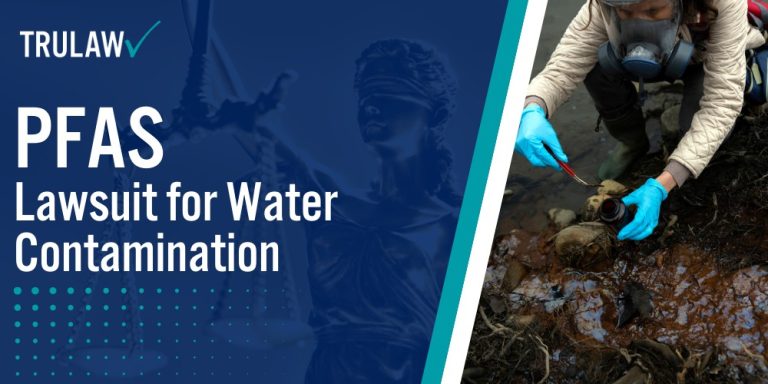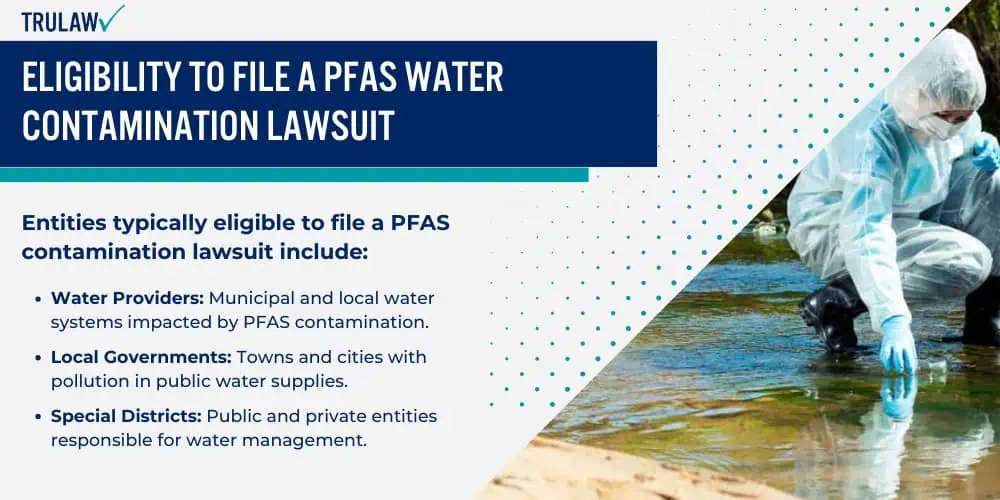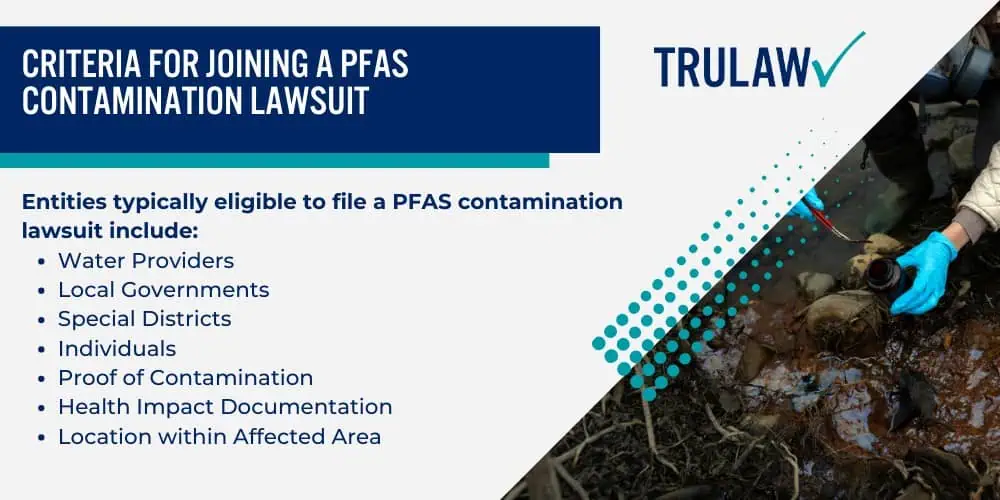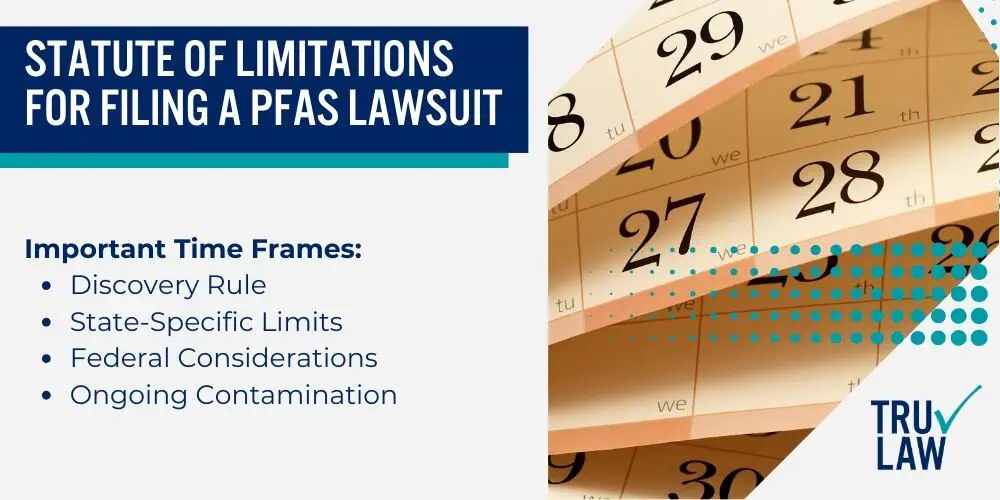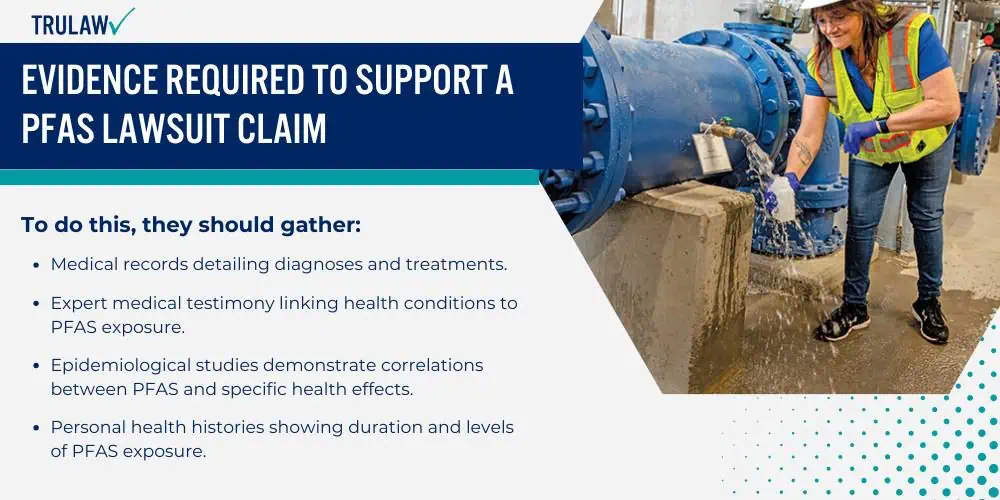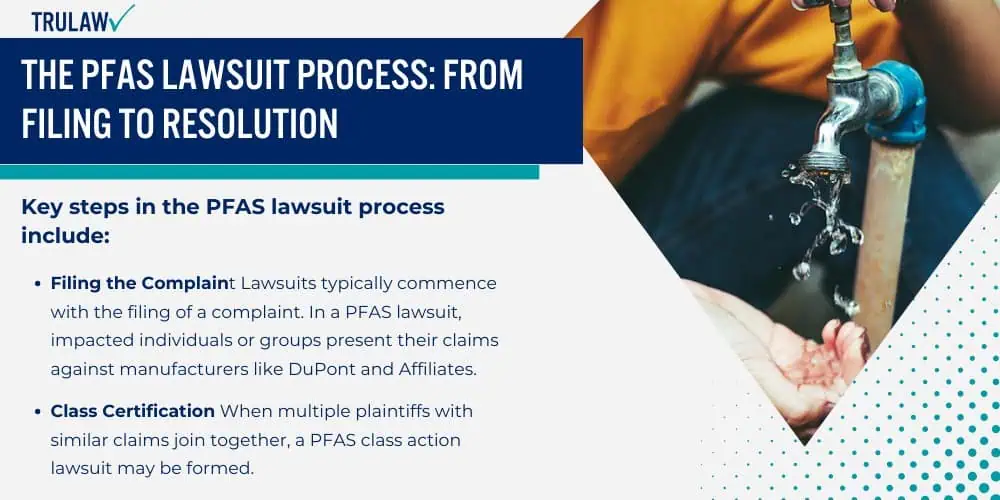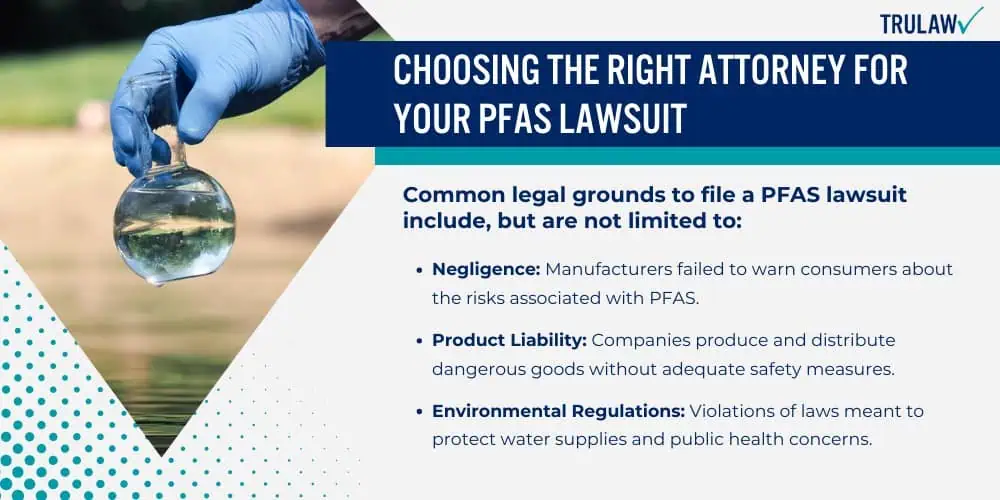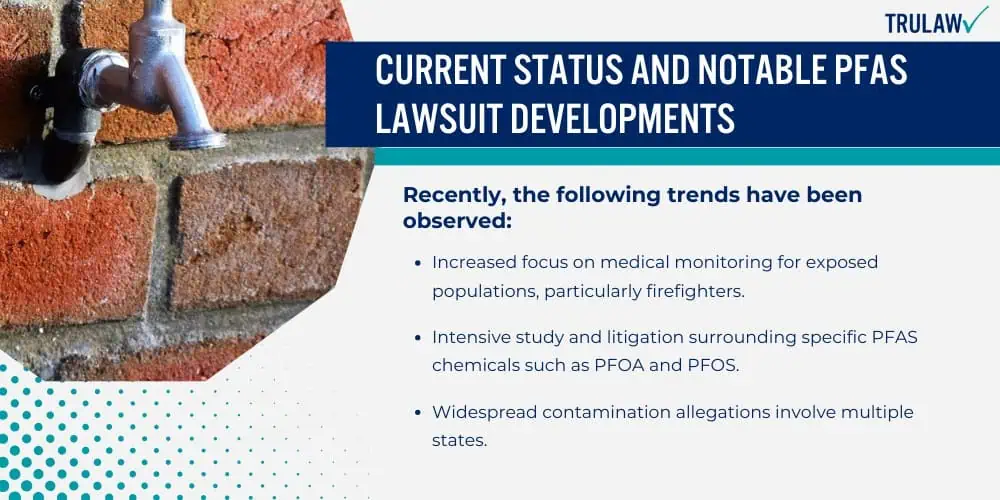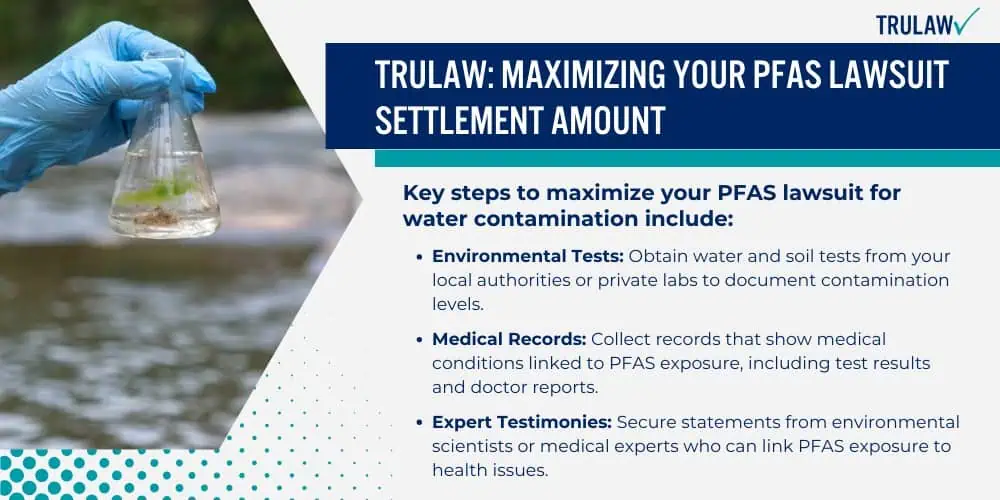The PFAS lawsuit primarily involves manufacturers and distributors of PFAS chemicals and entities responsible for water contamination.
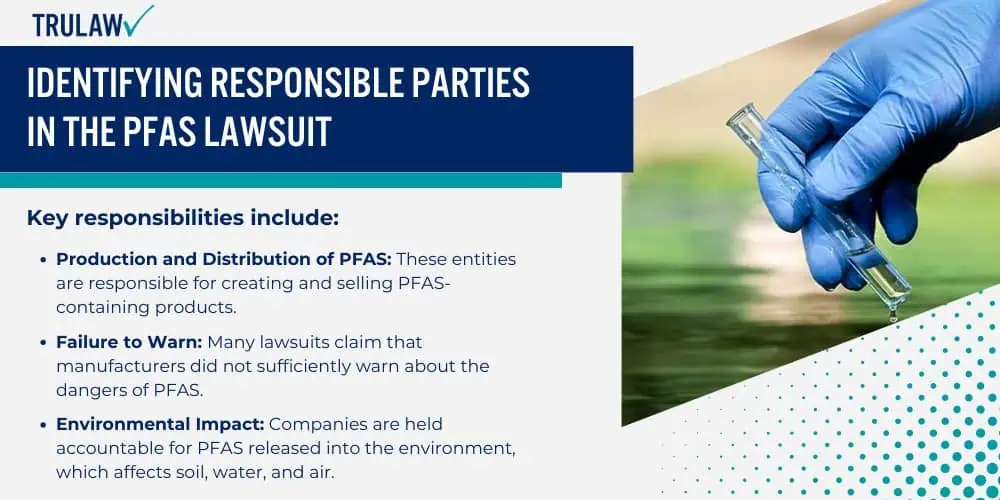
PFAS lawsuits address the contamination of water sources by PFAS chemicals, detailing the adverse health effects and environmental harm caused by these substances.
These lawsuits aim to hold manufacturers accountable and seek compensation for impacted communities.
Manufacturers and Distributors of PFAS Chemicals
Manufacturers and distributors of PFAS chemicals are often at the center of legal actions due to their role in producing or supplying these substances, also known as “forever chemicals.”
These companies have been found to introduce PFAS into various products, leading to widespread environmental and health impacts.
Key lawsuits include actions against companies like DuPont and 3M.
Notable cases feature water contamination around facilities such as the Willow Grove Military Facilities in Pennsylvania, highlighting the critical need for accountability and remediation efforts.
Key responsibilities include:
- Production and Distribution of PFAS: These entities are responsible for creating and selling PFAS-containing products.
- Failure to Warn: Many lawsuits claim that manufacturers did not sufficiently warn about the dangers of PFAS.
- Environmental Impact: Companies are held accountable for PFAS released into the environment, which affects soil, water, and air.
- Health Risks: There is significant litigation over the health impacts such as cancers and liver damage caused by PFAS exposure.
Prominent manufacturers: Companies like 3M and DuPont are frequently cited due to their extensive history with PFAS production.
Additionally, the Environmental Protection Agency (EPA) often investigates these manufacturers to enforce regulations and hold them accountable for damages.
Entities Responsible for PFAS Water Contamination
Entities responsible for PFAS water contamination include various public and private organizations contributing to PFAS entering drinking water systems and contaminated groundwater.
These entities are largely liable due to the hazardous impacts of contaminated water supplies on public health.
Key contributors include:
- Local Fire Departments: Use of PFAS-containing firefighting foams leads to contamination of nearby water sources.
- Industrial Sites: Factories and plants that discharge PFAS into waterways contribute significantly to water contamination.
- Landfills: Sites improperly managing PFAS-containing waste can lead to chemicals leaching into groundwater.
- Water Treatment Facilities: Facilities not equipped to handle PFAS may inadvertently distribute contaminated water.
